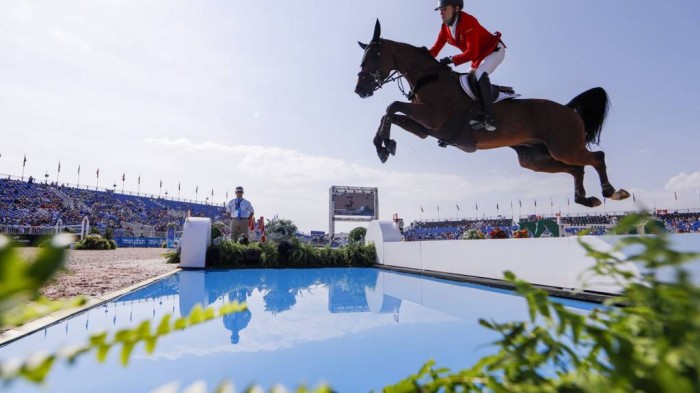
Metabolism in horse and rider during showjumping
The body has various energy systems. Based on blood values and heart rate measurements, the use of energy can be objectified. Riders often hear: "the horse does all the work". But is that really true? This article looks at how much energy is consumed by the rider and the horse. These are compared to see who actually has to work the most.
The study consisted of several jumps that were taken during a minute. In this study, the heart rate of horse and rider and the amount of lactate were examined. This process will end in muscle acidification and tiredness. The more lactate there is in the blood, the more energy has been used. Both the heart rate and the blood were tested after 1, 3, 5 and 7 minutes.
This study showed that both the rider and the horse had an increase in heart rate and the amount of lactate in the blood. Roughly 75% of the maximum achievable heart rate was reached within the horses. In their riders, in contrast, > 90% of the maximum heart rate was achieved. Relatively speaking higher levels of lactate in the blood were seen in the riders, in comparing to normal values in the blood.
From this point you could conclude that riders use more energy than their horses when they have to jump over several hurdles.
Expert opinion by Sophie Delemarre
It is possible that the technique used in this article is outdated. It has been written in 1992. Besides that, there are few horses and riders tested. In order to be able to draw real conclusions, a broader research is needed. Room for improvement!
> From: Gutiérrez Rincón et al., Br J Sp Med 26(1) (1992) 33-35. All rights reserved to Centre de Medicina de l'Esport de Barcelona. Click here for the online summary.


